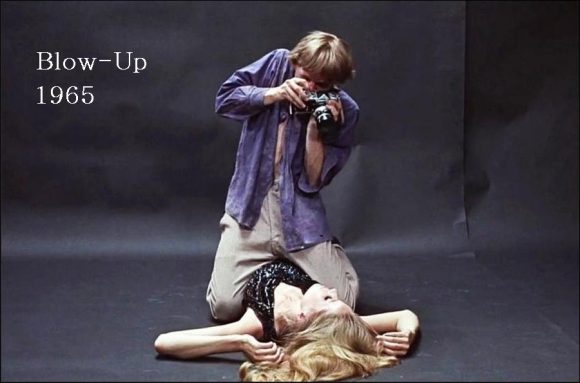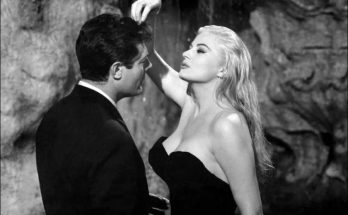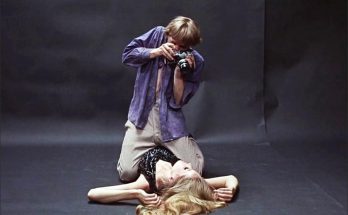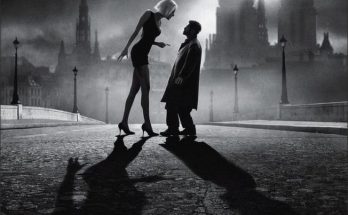Michelangelo Antonioni, one of the most important directors that Italy has raised after the Second World War, has gained a special place in the world cinema with his pessimistic stories that deal with human relations that have become his exclusive cinema language and signature. Let’s take a look at the general features of Antonioni Cinema, which inspired many filmmakers who came after him.
The first thing that comes to mind when it comes to Antonioni cinema is the films in which modern society deals with women and men. These relationships are relationships that are not based on strong foundations, are fragile and whose dynamics can change at any time. The subjects of these relationships are characters with complex moods, tides, crushed under the loneliness and unhappiness brought by modernity, and they are all in search of the feeling of satisfaction that they feel deficient.
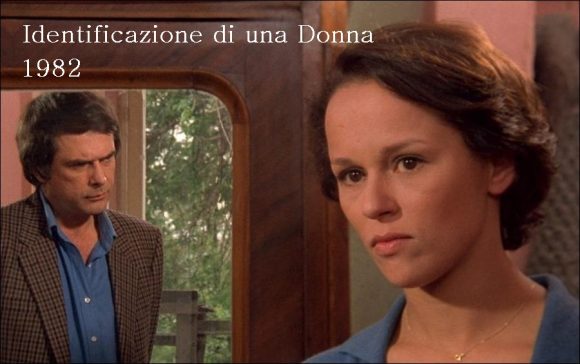
Antonioni often conveys his findings about the individual and suggestions for solutions through female characters. These characters, which exhibit similar characteristics to each other, were selected from the intellectual, aristocratic section. Although the source of their personal dilemmas is different, the common point of these characters is their efforts to make sense of life through other people.
Antonioni focuses on reflecting the mood of the characters rather than telling a story in his films. For this reason, he does not hesitate to use scenes that may make sense to the audience from time to time. Dialogues have an important place in the sense that the characters convey their thoughts. These are dialogs that are far from everyday language, even from time to time, but reflect the inner world of the characters.
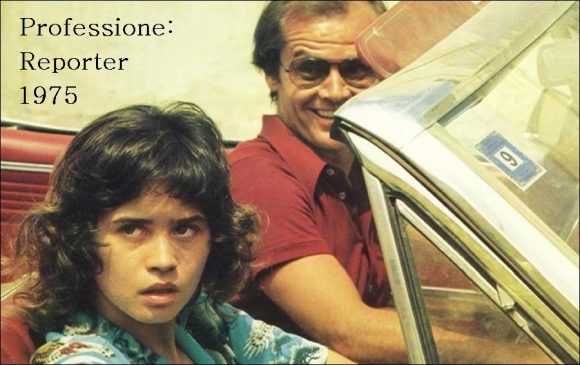
Antonioni, who started making movies right after World War II, is not interested in the socioeconomic aspect of war, emphasizes his influence on the inner world of the individual. Antonioni, who thinks that war is an event that affects not only poor people but also aristocrats, brings bourgeois life to his films with the effect of coming from a wealthy family.
The use of cameras in their first movies is quite amateur. Although it does successful works in terms of composition, it is far from camera movements. Avoiding close-ups and mostly shooting single-plan scenes is an indication that he has not yet established his own formal features. L’avventura is the first movie to show the formal features of Antonioni Cinema.
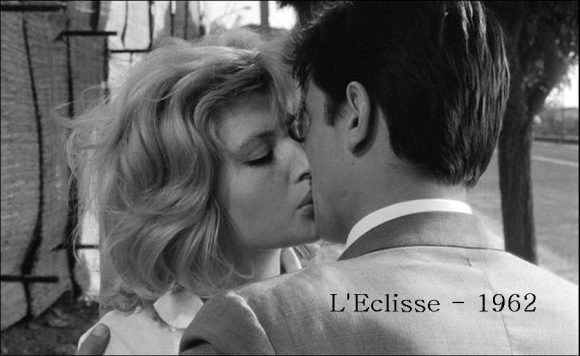
Antonioni’s camera, which does not make a difference in terms of themes, becomes more mobile, scales and plans begin to increase in the scene. The positions of the characters in the frame and their interactions with each other are also very stylistic. Antonioni, who has an interest in painting from a young age, reflects this experience in his films. Antonioni explains this situation as follows: I want to paint my film like a painter’s canvas. I want to establish a bond between colors and I do not want to draw myself when using natural colors. [1] For this purpose, Antonioni, who mostly preferred pastel colors in his films, also attaches importance to the aesthetics of the image.
One of the characteristic features of Antonioni Cinema is the use of space. The characters are always in interaction with the space. In Antonioni movies, it is not possible to see a character who stands alone or engages in dialogue, regardless of location. The environment that the characters are in is a part of them. While the space sometimes accompanies the characters’ journeys, sometimes it reflects their emotional state.
The music use of Antonioni movies is styled just like its visual language. The master director, who mostly includes classical music in his films, worked with Giovanni Fusco, one of Italy’s famous composers. Antonioni uses music as a means to support the meta-meaning he wants to tell in his film beyond just creating an emotion, an atmosphere.
Visits: 172
